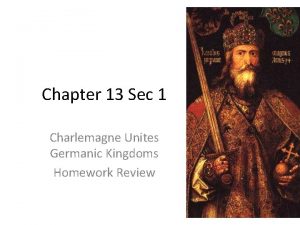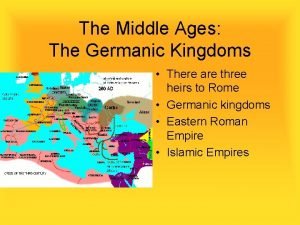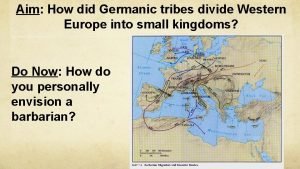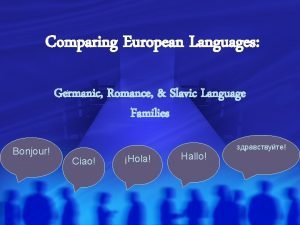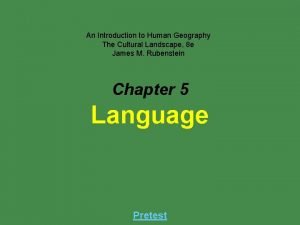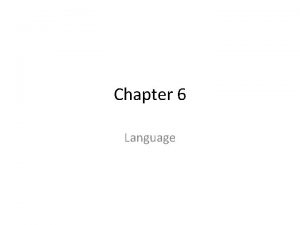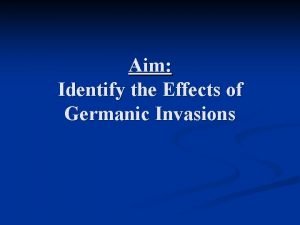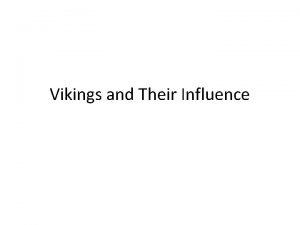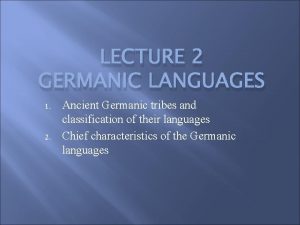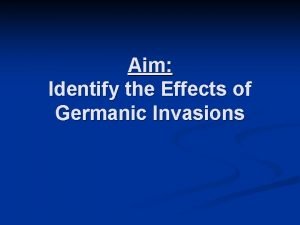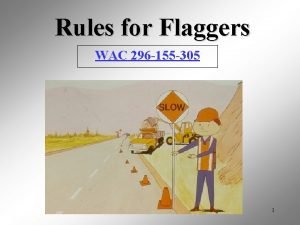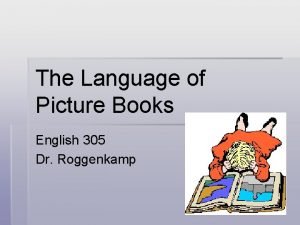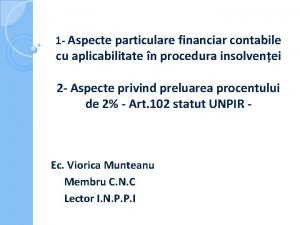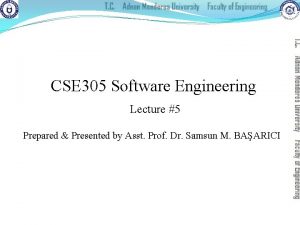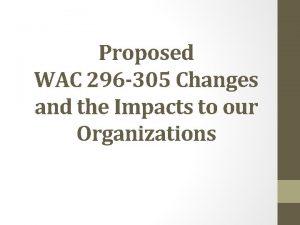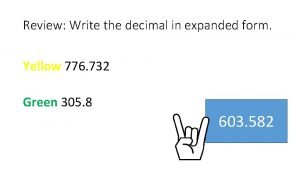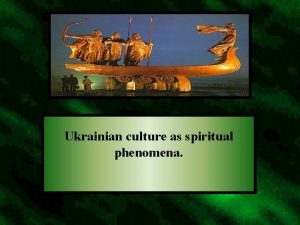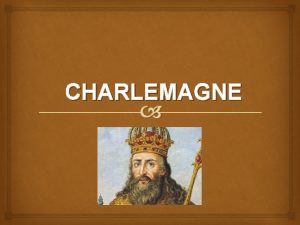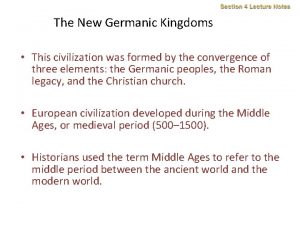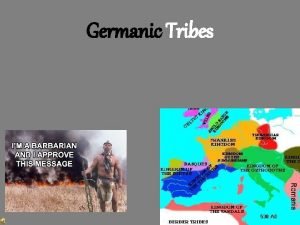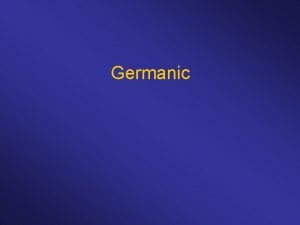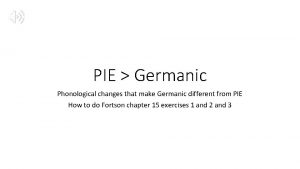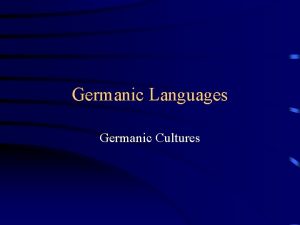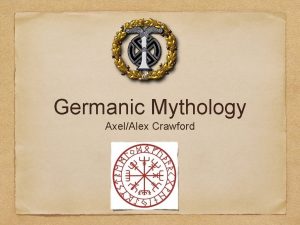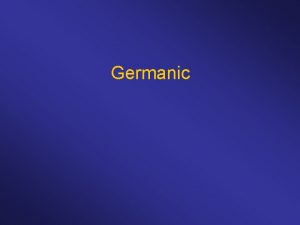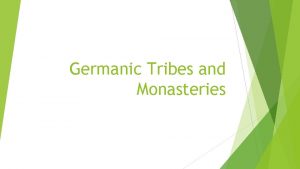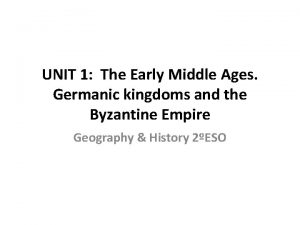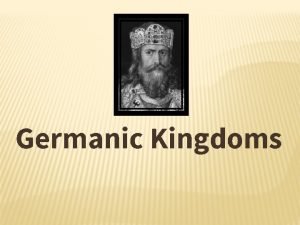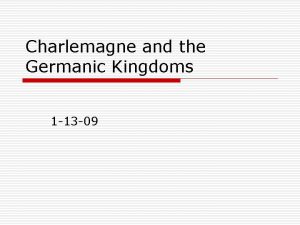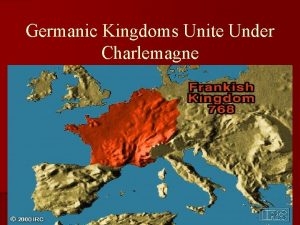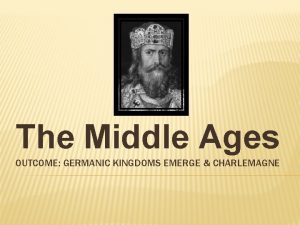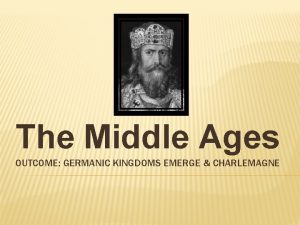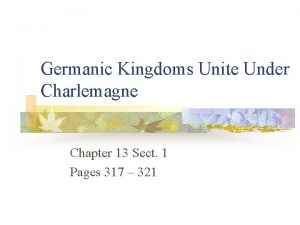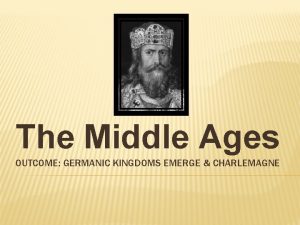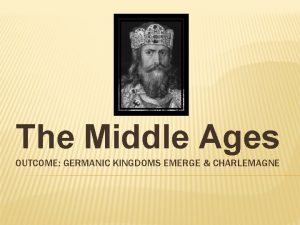I The New Germanic Kingdoms 302 305 Germanic






























- Slides: 30


I. The New Germanic Kingdoms (302 -305) • Germanic people began moving into Roman territory by the 3 rd c. • (Visigoths, Vandals, Ostrogoths, Bugendians, Franks, Angles and Saxons) • In 410 Visigoths sacked Rome. In 455 Vandals sacked Rome. • In 476: Western Roman Emperor Romulus Augustus removed from power. (Fall of W. R. E. )

• By 500 the Western Roman Empire had become a number of states ruled by German kings. • Eventually excluded Romans from power. • The Germanic Angles and Saxons moved into Britain in the 5 th century

• The only German kingdom to last long was the Franks.

CLOVIS • The Frankish Kingdom was established by Clovis, a strong military leader. • While losing a battle, he cried out: “Jesus Christ, if you shall grant me victory over these enemies, I will believe in you and be baptized. ” • • His enemy fled the battle field. Clovis’ conversion to Christianity won the support of the Roman Catholic Church. • After his death, his Kingdom divided among his 3 sons • Germans and Romans intermarried and created a new

• The German concept of the family affected crime and punishment, say for murder. • In the Roman system, as in ours, most crimes are considered offenses against the state, not the person. • To avoid bloodshed, a fine called wergild was paid by a wrongdoer to the victim’s family. The amount depended on social status. • The ordeal was one Germanic way of determining guilt. (Divine forces would protect the “innocent” from being harmed!)

The Role of the Church • Christianity had become the supreme religion of the Roman Empire by the end of the 4 th century. • The bishop of Rome came to claim he was the leader of what was now called the Roman Catholic Church. • The bishops that succeeded him in Rome came to be called popes, from the Latin word papa, “father. ” • Pope Gregory I strengthened the power of the papacy.

• In the 6 th c. , St. Benedict founded an order of monks and wrote rules for their practice. • A monk is a man who separates himself from worldly, everyday life to dedicate himself entirely to God. • Monks became the new heroes of the Christian civilization. They were the social workers of the community, and monasteries became centers of learning. • Worked to spread

• • Women, called nuns, began to withdraw from the world to dedicate themselves to God. They lived in abbesses. Women could pursue learning as a nun.

Charlemagne and the Carolingians • • In the 600 s and 700 s, the Frankish kings lost their power to the chief officers of the king’s household, called mayors of the palace (Pepin was one of them). Charlemagne (Charles the Great), son of Pepin, grandson of Charles Martel (who had led Christians in defeat of Muslims at Battle of Tours).

CHARLEMAGNE • • • Charlemagne: Curious, driven, and intelligent. Strong warrior and statesman, Devout Christian Reigned 768 -814 Expanded the Frankish kingdom into what became known as the Carolingian Empire, which covered much of western and central Europe.

Beginning of Holy Roman Empire • In 800, Charlemagne was crowned emperor of the Romans. • The coronation symbolized the joining of the Roman, Christian, and Germanic elements that forged European civilization. The pope had crowned a Germanic king Roman emperor. • Charlemagne’s desire to promote learning led to what has been called the Carolingian Renaissance. • Renewed interest in Latin culture and classical works of Greeks and Romans. • Carolingian monks copied works,

Charlemagne • https: //www. khanacademy. org/humanities/ history/ancientmedieval/v/charlemagne-anintroduction • https: //www. khanacademy. org/humanities/ history/ancientmedieval/v/charlemagne-and-the -carolingian-revival

FEUDALISM • In 814: Charlemagne died. Empire collapsed. • By 843: Empire divided into three kingdoms by Charlemagne’s grandsons. • Local nobles gained power while Carolingian rulers fought each other.

• • Invaders attacked western Europe. Magyars -attacked Hungary Vikings -attacked all over Muslims -attacked southern coasts of Europe.

The Vikings • From Scandinavia, called the Norsemen (Northmen). • Engaged in most far-reaching attacks, as they had the best ships of the period. • Sacked villages and towns, destroyed churches and easily defeated small local armies. • In 911, ruler of West Frankish lands gave them lands at the mouth of the Seine River. Became Normandy.

• The Vikings were superb warriors, sailors, and shipbuilders.


Feudalism • People began to turn to local landed aristocrats or nobles to protect them. • This led to a new, political, social system called feudalism. • Vassalage was at the heart of this system.

Feudal Contract • Feudalism became complicated. • Kings had vassals who themselves were vassals. • Feudalism came to be characterized by a set of unwritten rules known as feudal contract.


• In the Early Middle Ages (500 -1000), wealth was based on owning land. • Nobles granted the vassal a piece of land that supported the vassal and his family. • In return, the vassal fought for the noble, protecting him, his family and property. • A fief was the land the lord granted to a • Loyalty to one’s lord was feudalism’s chief virtue. • The major obligation of a vassal was

Feudal Society • In the Middle Ages, nobles dominated European society. • The main concern of many men was warfare.

Knight s originated from Knights Frankish armies, which originally consisted of foot soldiers dressed in armor armed with swords and horsemen armed with spears. In the 8 th century, larger horses and the stirrup were introduced. For the next 500 years, heavily armored cavalry called knights dominated warfare.

• Knighthood • The institution of knighthood united lords and knights in the aristocracy. • Young boys were trained to be knights.

• Tournaments developed as a way for knights to demonstrate their fighting skills without tearing the countryside apart by war. • Knights lived by a code of honor, an ideal of civilized behavior called chivalry. • Chivalry evolved to include courtesy, fairness, piety, and devotion to honor. (Some claim that it was more a romantic ideal than a reality – literature & culture) • Chivalry

Nobility • The growing number of castles made visible the growth of the nobility in the High Middle Ages (1000 -1300).

• Castles were permanent residences and fortresses.

• The nobles were kings, dukes, counts, barons, and even bishops and archbishops. • They formed a wealthy aristocracy, or nobility, with political, economic and social power.

WOMEN • Women could legally hold property, but most women still remained under the control of menfirst their fathers, then their husbands. • The lady of the castle commonly had to manage the often-large household, the estate, and the financial accounts.
 Charlemagne unites germanic kingdoms
Charlemagne unites germanic kingdoms Germanic kingdom
Germanic kingdom Feudalism
Feudalism Are slavs germanic
Are slavs germanic Germanic branch definition ap human geography
Germanic branch definition ap human geography Continental law system
Continental law system Language
Language Effects of germanic invasions
Effects of germanic invasions Are scandinavians germanic
Are scandinavians germanic Ancient german language
Ancient german language Charlemagne accomplishments
Charlemagne accomplishments Effects of germanic invasions
Effects of germanic invasions What language is this picture
What language is this picture Germanic romance slavic
Germanic romance slavic Duct run
Duct run Next generation equipment committee
Next generation equipment committee Wac 296 305
Wac 296 305 Genetic algorithms
Genetic algorithms Lps-305
Lps-305 Sigla modem
Sigla modem English 305 book
English 305 book كراش مرحلة ١٧٢
كراش مرحلة ١٧٢ 305 pwp
305 pwp Dairy comp 305 price
Dairy comp 305 price Art 305 cod fiscal
Art 305 cod fiscal Digital hub zucchetti non sincronizza
Digital hub zucchetti non sincronizza Cse 305
Cse 305 Wac 296.305
Wac 296.305 284 371 in word form
284 371 in word form Ee-305
Ee-305 Ibm 305
Ibm 305
